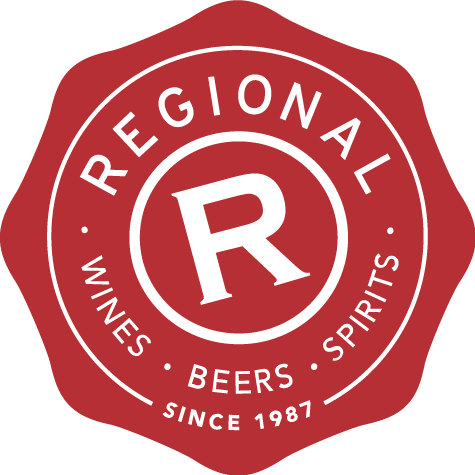Hawke's Bay Chardonnay on a roll
Which grape and wine is most important as a trademark style for Hawke’s Bay as a wine region? There are 4771 hectares of producing vineyard land in Hawke's Bay, as of 2019 in the latest statistics from NZ Winegrowers, which pales in comparison to Marlborough with its 26,850 hectares. And yet the Bay remains firmly in place as the second largest wine region in this country. It almost goes without saying that Sauvignon Blanc remains an incredibly important variety for the region, as it is in every New Zealand wine region but while Sauvignon is about neck in neck numerically with Chardonnay and Merlot, it is not the most important. Chardonnay is. More than any other grape historically grown in the Bay area, Chardonnay has hit high notes across a wider range of wine styles and more consistently every vintage, even in those challenging cool or wet years.
It's easy to see why winemaker Tony Bish decided to hang his high quality wine hat on Chardonnay and has now forged a reputation as the Bay's king of Chardonnay, producing a range of dry whites made in classical and innovative new styles from this grape.
His latest Heartwood Chardonnay from the 2019 vintage has arrived in store at Regional Wines & Spirits, along with his 2019 Zen Chardonnay. Both wines shine the light on what makes Chardonnay the world's most popular white wine.
The 2019 Heartwood Chardonnay is made from hand picked Mendoza Chardonnay grapes, fermented and aged in the heartwood of Quercus robur, also known as French oak barriques. It is, says Bish, a wine that is the meeting of two terroirs; the mighty oaks of central France with top tier Chardonnay vineyards in Hawke's Bay, New Zealand.
We talked about the 2019 Zen Chardonnay last week. Both wines live up to being named great whites and we are sure that Chardonnay lovers will agree.
Pop in to buy a bottle or two for yourself and see.
Or buy online the 2019 Tony Bish Heartwood Chardonnay here.
And buy the 2019 Zen Chardonnay here.
PS: Syrah is important in Hawke's Bay but makes up a surprisingly small number of grapes grown in the region with approximately 441 hectares of producing vineyard land in New Zealand as a whole; even fewer in the Bay. It also hits incredibly high notes but numerically and historically it has a lot of catching up to do. Watch this space.
